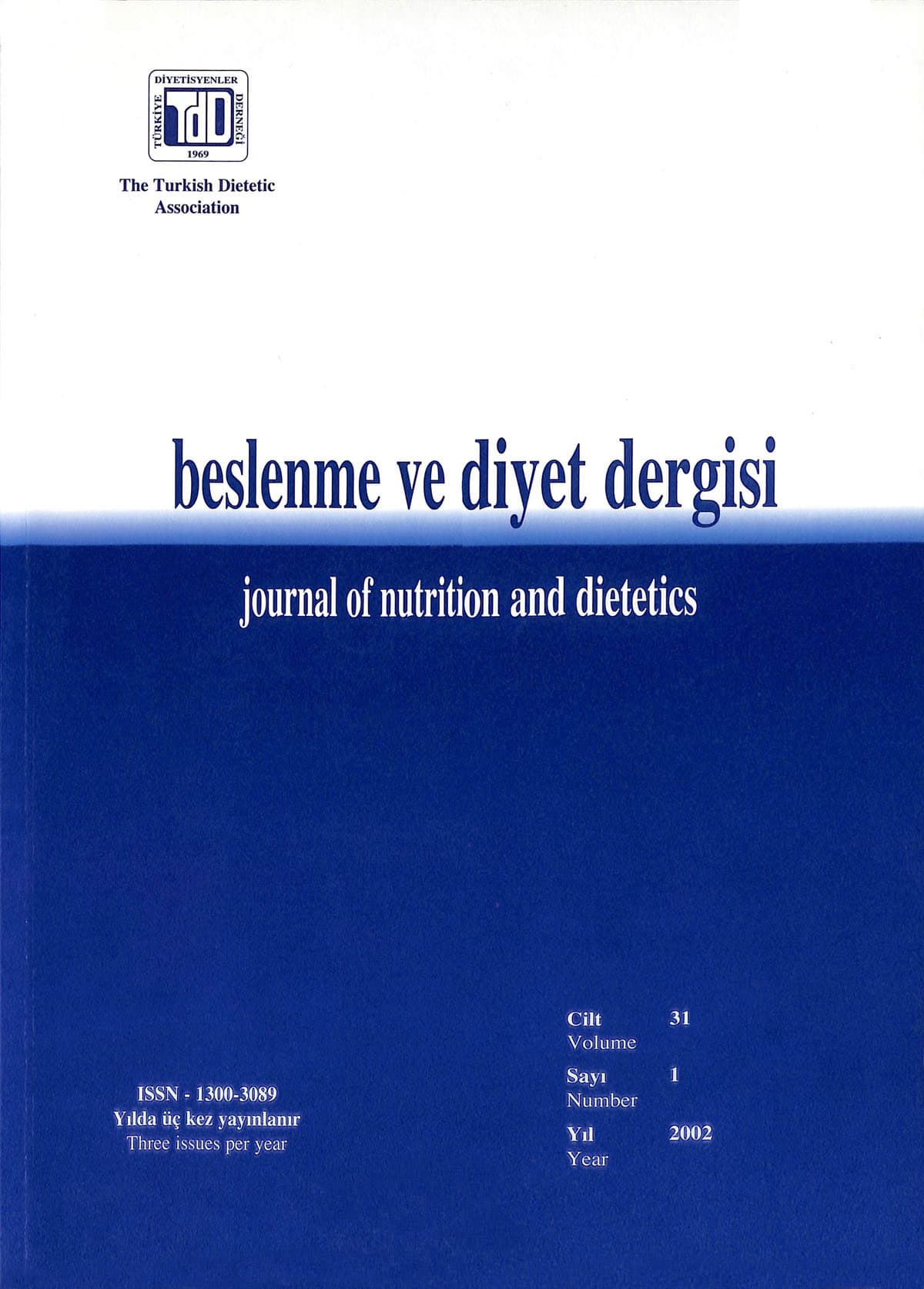Long Chain Polyunsaturated Fatty Acids Composition and ω6/ω3 Ratio of Human Milk
Keywords:
Human milk, PUFA composition, DHA, EPA, ω6/ω3Abstract
Lipids contribııte the majör port'ıon of food energy for infants fed by hııman milk or infant formüla and about 90% of ali energy retained in the growing tissues of full term baby during the first 6 months of life are comprised by lipids. in addition to its important role as an energy carrier, the qııality of dietary fal also has structural and functional effects for the developing tissues of growing infants, especially for the lipid rich nervous system. Organ development is closely related to dietary supply, metobolism and physiological effects of essential fatty acids (linoleic acid ω6, linolenic acid ω3) and tfıeir long chaiıı polyunsatıırated fatty acids (LCPUFA) nıetabolites with 20 and 22 carboıı atoms. The development of retinal fıınctions and myelinasation is correlated to perinatal essential fatty acid supply and ω3 LCPUFA contents of neural menıbran lipids in infants. The desirable intakes of lipids for infants may be obtained fronı the biological model of postnatal nutrient supply represented by human milk. Therefore, knowledge on the lipid composition and ω6/ω3 ratio of human milk may help in the development of recommendations on composition of infant formülas.

